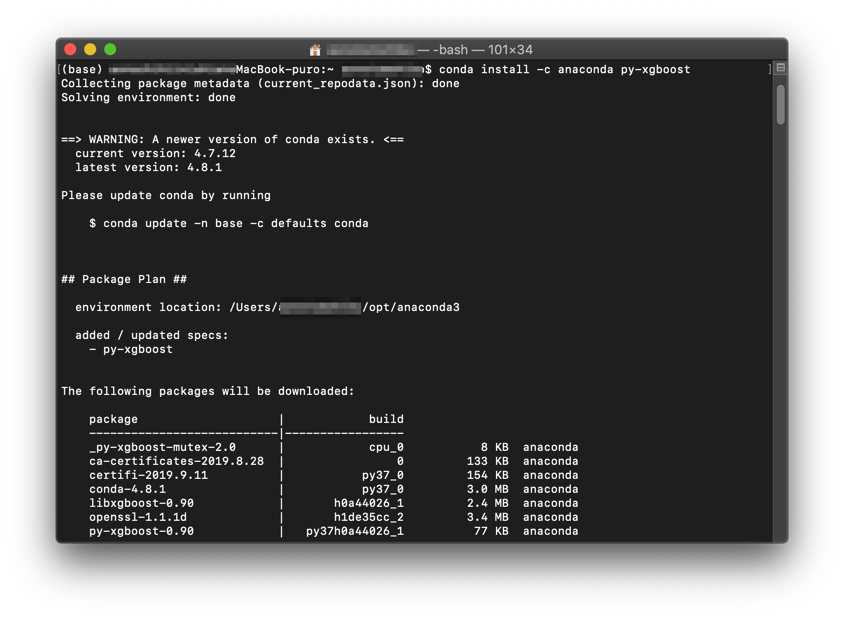


Next, we’ll install miniforge3 to be used in the arm64 terminal, and minicoda3 to be used in the x86 terminal. Step 2: Install miniforge3 arm64 and miniconda3 x86 This post assumes that zsh, xtools, and rosetta are already installed and configured…mostly because I had been using my M1 laptop for months before I embarked on finding a solution to my problems, and I already had these tools set up.
Anaconda for mac m1 how to#
I also provide links to other solutions at the bottom, including how to have one version of conda with separate arm64 and x86 environments. This blog post covers how to get the best of both worlds by installing two versions of conda, one for arm64 and one for x86.

At the same time, some packages have released arm64-compatible installations, and many of these have benefits such as offering access to GPUs (see here). However many of my favorite scienitific software packages were not available in conda for the arm64 architecture (ex. I almost exclusively use (mini)conda to manage software installations because it deals with dependency issues, improves reproducibility and portability of software environments, and integrates seamlessly with workflow automation software that I use frequently. This post was motivated by my own struggles with the M1 chip. This blog post describes how to install two side-by-side, non-conflicting versions of conda to manage arm64 and x86 installations separately. To circumvent this issue, Mac built Rosetta, a translator that enables software built for an Intel chip ( x86) to run on the M1 chip ( arm64). However, a lot of software, especially scientific research software, is not natively installable on the M1 architecture. They have a lot of benefits, including better battery life and access to GPUs. The new(ish) Mac M1 chips are different from Intel chips that Mac used to use.


 0 kommentar(er)
0 kommentar(er)
